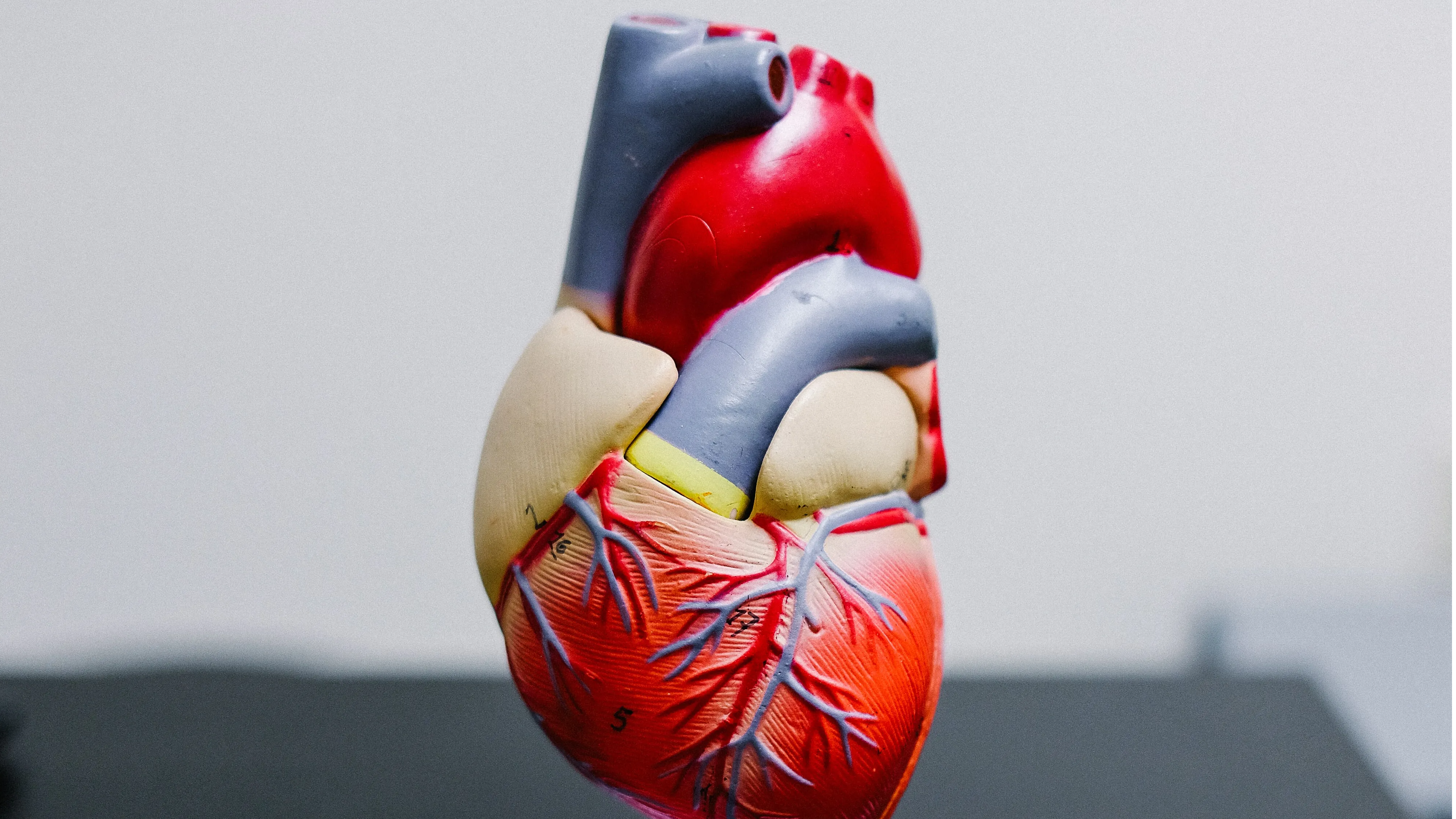Presumably, only those people who are overweight have to worry about the fatty heart condition. But this is far from the truth, thin people can also face this life-threatening condition. Healthy body weight does not necessarily protect people against fat accumulation around the heart and higher the fat, greater the risk of heart failure.
Also read: Getting out of shape is much quicker than getting into it. Here’s why
“We know that being obese doubles the risk of heart failure. But we found that having excess pericardial fat further enhances this risk, above and beyond the heart failure risk associated with well-known obesity indicators, such as body mass index and waist circumference,” CNN quoted a study by Dr Satish Kenchaiah, associate professor of medicine and cardiology at the Icahn School of Medicine at Mount Sinai Hospital in New York.
Another health expert who was not involved in the study, Dr. Gregg C Fonarow, professor of cardiovascular medicine at UCLA was quoted by CNN as saying, “These findings highlight that adipose tissue around the heart may be particularly dangerous to heart health.”
As per the new research reported in the Journal of the American College of Cardiology, excess pericardial fat, which surrounds the heart may increase the risk of heart failure. This happens mostly in women than in men, irrespective of how much a person weighs on the scale.
Also read: How to help the elderly deal with COVID-induced anxiety
Being thin is not equivalent to a healthy heart
The study reported that having a healthy body weight has nothing to do with fat accumulation. Healthy body weight does not necessarily protect people against fat accumulation – around the heart or the harm associated with it.
No matter how much one’s body weight is, the higher the amount of pericardial fat present in the body, the greater is the risk of heart failure, the study found.
“It’s not just the overall amount of body fat, but the concentrated depot of fat around the heart (that is linked to heart failure),” said Kenchaiah.
“There’s a lot more to assessing health than knowing one’s body weight. An individual with a normal BMI may have fat stored in locations in their body that could put them at increased risk for chronic diseases and heart failure,” Kristen Smith, registered dietitian nutritionist and bariatric surgery program coordinator at Piedmont Healthcare in Atlanta was quoted by CNN.
Julie Stefanski, registered dietitian nutritionist and spokesperson for the Academy of Nutrition and Dietetics said, “This study is a good example of why health care providers need to focus on talking about healthy behaviors, not just body weight.”
Also read: Sleep problems? Try weighted blankets that keep anxiety at bay
Want to reduce your chances of getting a fatty heart? Here’s how:
Maintaining a healthy diet and exercising regularly is key to managing excess pericardial fat, says experts. Another important factor is exercise. Exercise lowers the total amount of fat in the body, which also includes – the amount of fat around the heart.
Kenchaiah explained that a sufficient amount of movement can include – brisk walking for 30 minutes to 45 minutes per day or counting 10,000 steps per day.
Furthermore, according to Kenchaiah, for those with extreme obesity who are finding it extremely difficult to lose weight even with diet changes and exercise, weight loss surgery may help in decreasing overall body fat along with pericardial fat.
“It is important to follow a heart healthy diet that focuses on fruits and vegetables, fiber-rich whole grains, seafood, nuts, legumes and seeds, as well as eating a few meatless meals per week and incorporating omega-3 rich seafood into at least two meals per week,” said Smith.
Also read: Can you eat eggs and still be a vegan? Read to find out
How does one get a “fatty heart”?
The human heart expands and contracts to circulate blood all throughout the body. Kenchaiah explained that Pericardial fat can potentially spread into heart muscle cells (the ones that contract and squeeze the blood), or it can get accumulated in between these cells and cause stiffening of the heart and pump dysfunction.
Also, pericardial fat is correlated with plaque (fatty deposits) in coronary arteries – which can lead to cardiac arrest and followed by heart failure.
“Importantly, the study shows even if accounting for total body fat, diabetes and other heart failure risk factors, there remains increased risk associated with increased pericardial fat,” said Fonarow.
Women at higher risk
According to the study, women tend to have less pericardial fat than men. But it is important to note that women are at a higher risk of heart failure from pericardial fat than men.
The researchers have found that every 1.4 fluid ounces of fat around the – upper to mid portion of the heart – increased the risk of heart failure by 44% in women and 13% in men.
All people between the ages of 45 to 84, without any pre-existing cardiovascular disease, must be screened for excess pericardial fat volume. Nonetheless, how often one should be screened is yet to be determined.
Kenchaiah added that it is prudent to test people with known risk factors of heart failure such as – hypertension, diabetes, high cholesterol and triglycerides, and coronary artery disease – for excess pericardial fat.
The study says that it is extremely important to screen people for “the big four”: high blood pressure, high blood sugar, abnormal cholesterol level, and any evidence of heart attacks or coronary heart disease.
“If any of these are present, (your health care provider should) aggressively intervene,” Kenchaiah said.
“Keeping blood pressure as close to normal is highly effective in reducing heart failure risk,” Fonarow explained.
Also read: Beat the heat with these seasonal fruits this summer
Avoiding tobacco use is also important.
Lastly, Kenchaiah added, “We don’t have the data yet, but we presume that eating right, staying fit, maintaining healthy weight, and modifying risk factors, when present, can prevent excess fat from depositing around the heart.”







